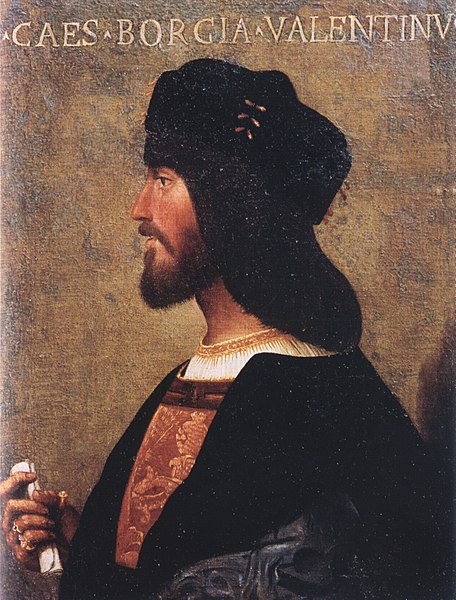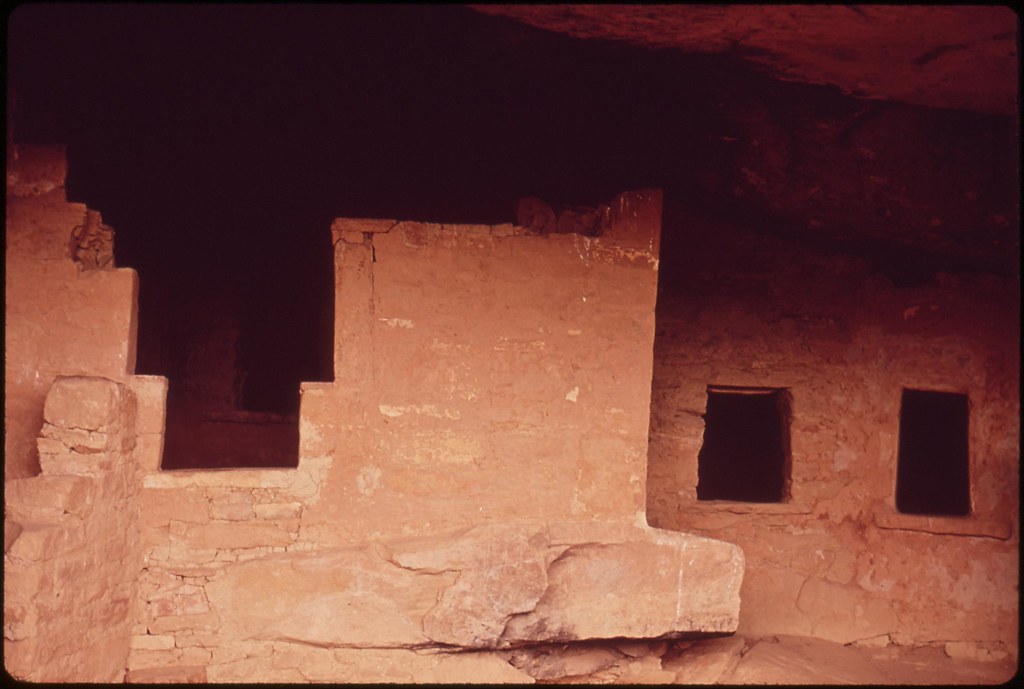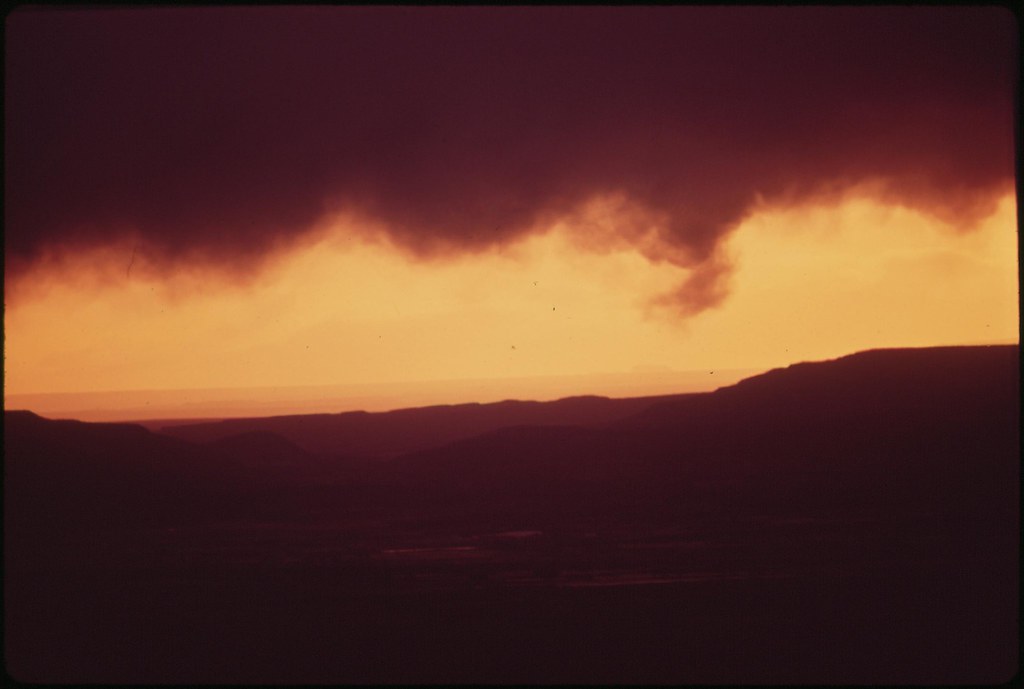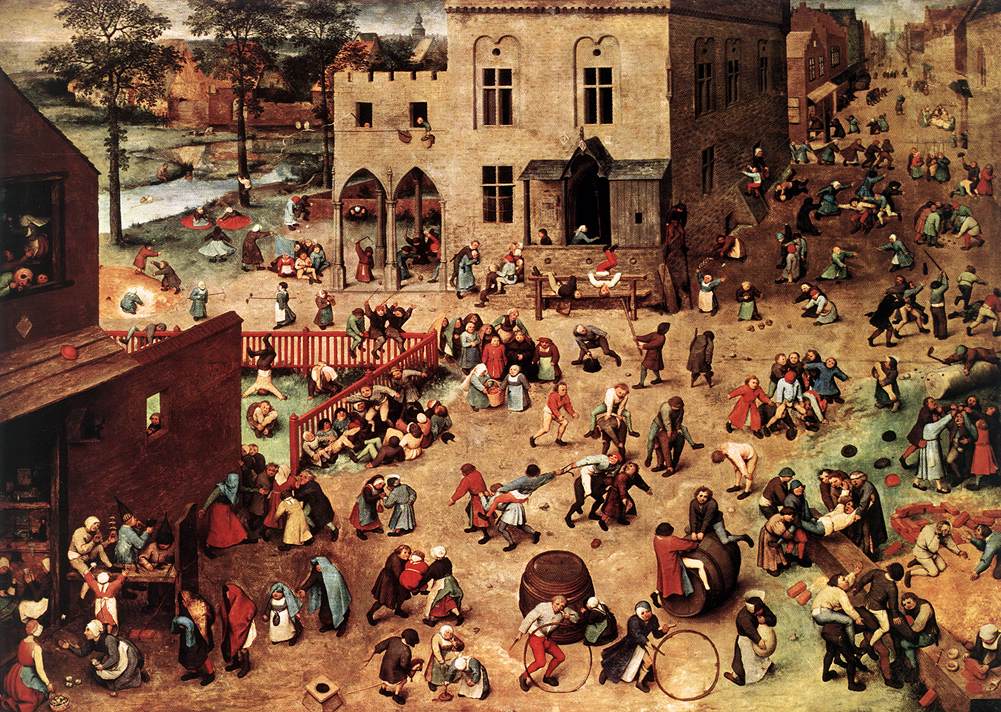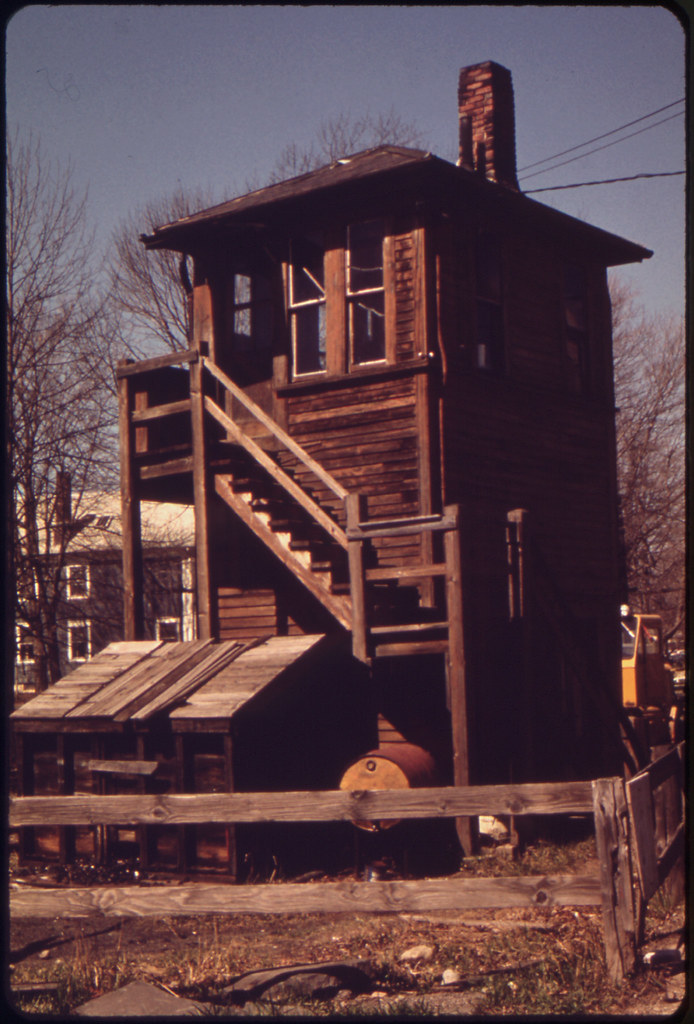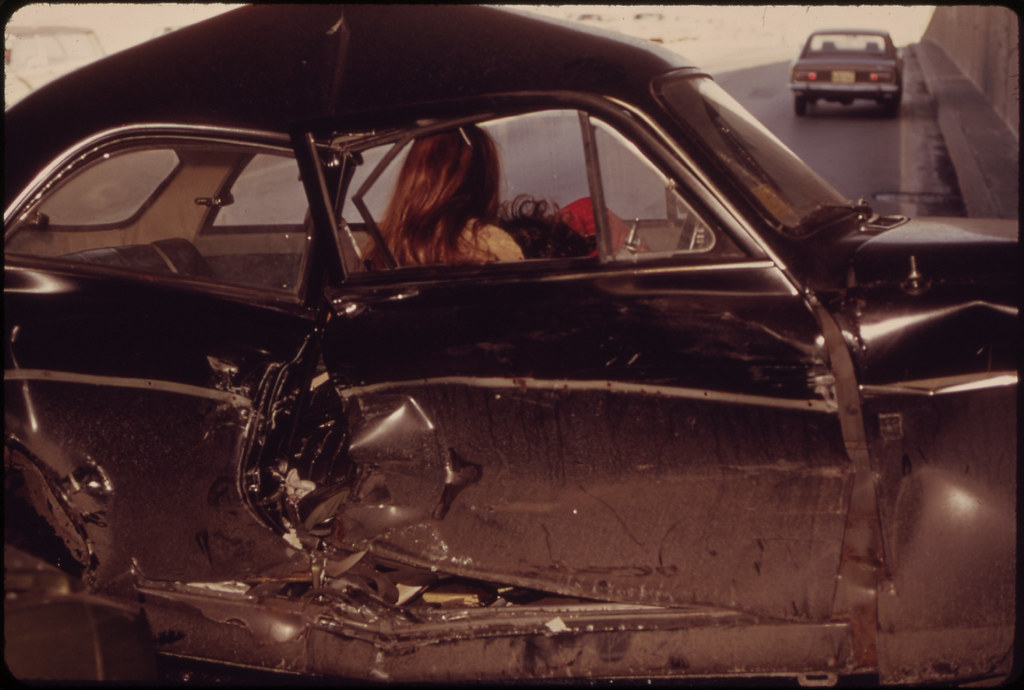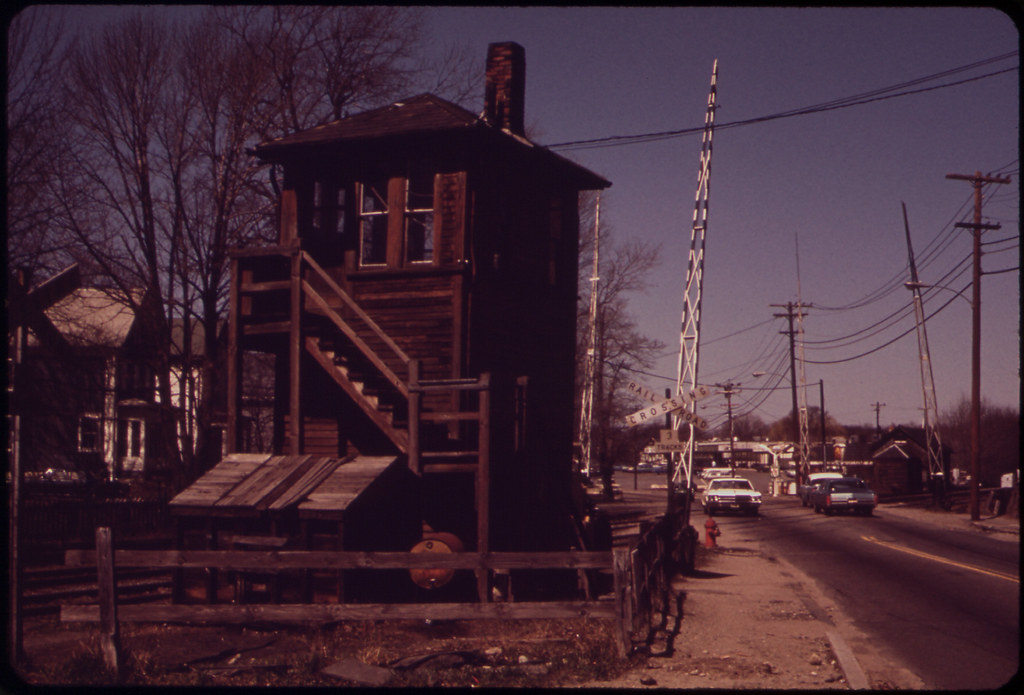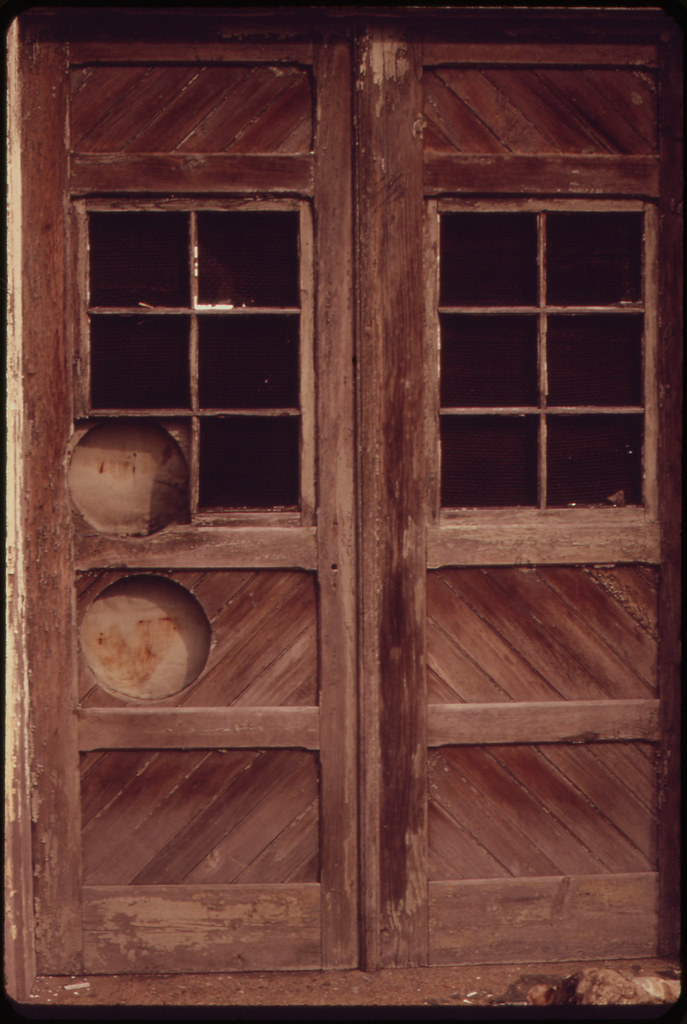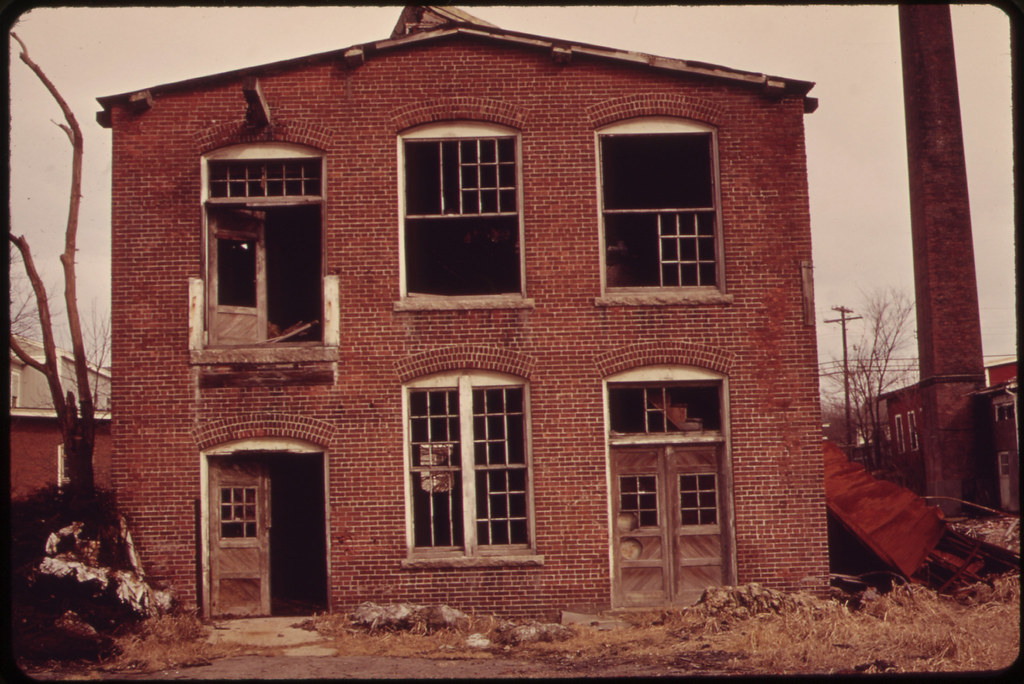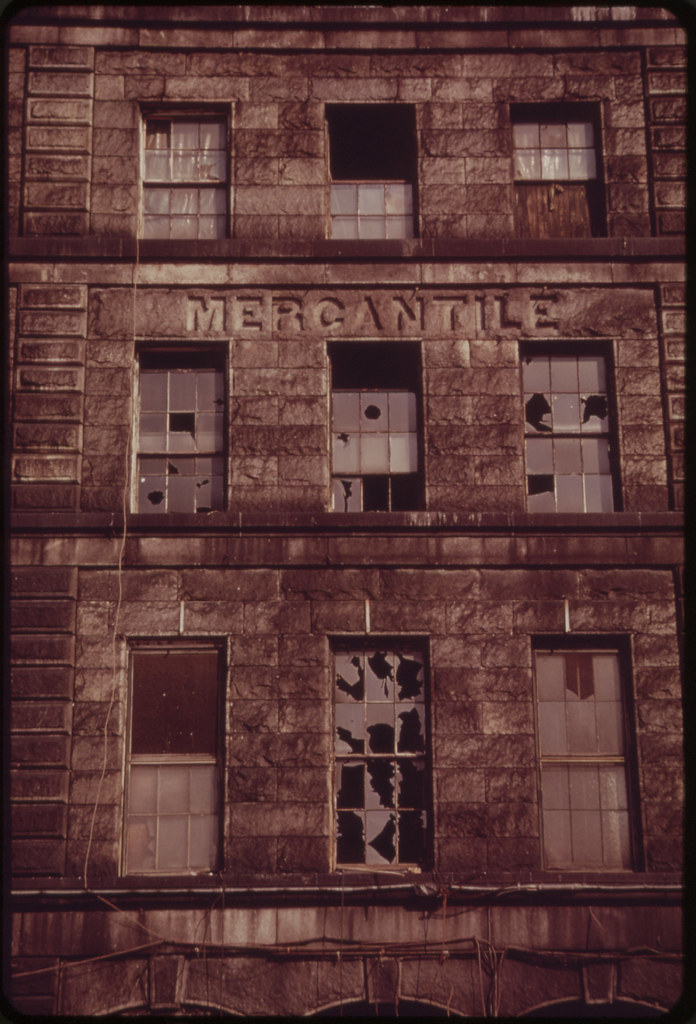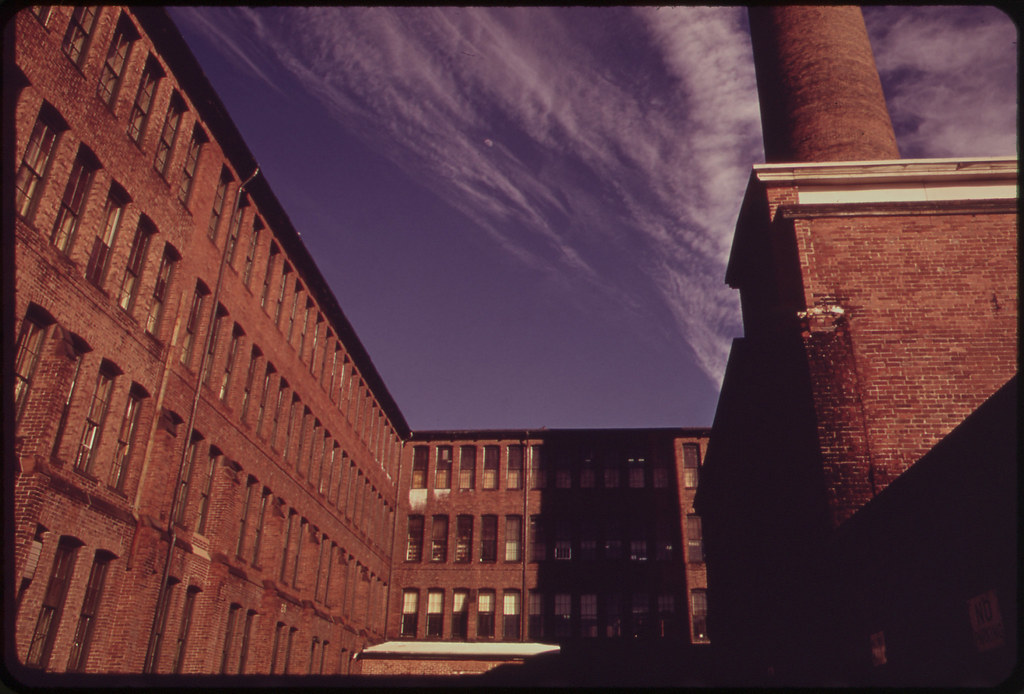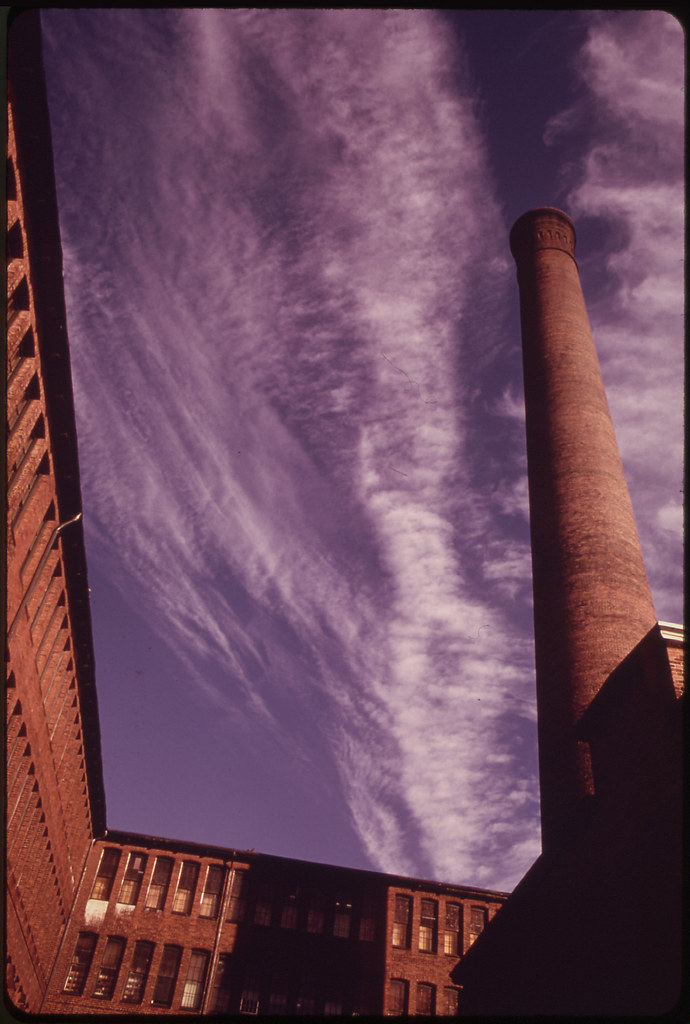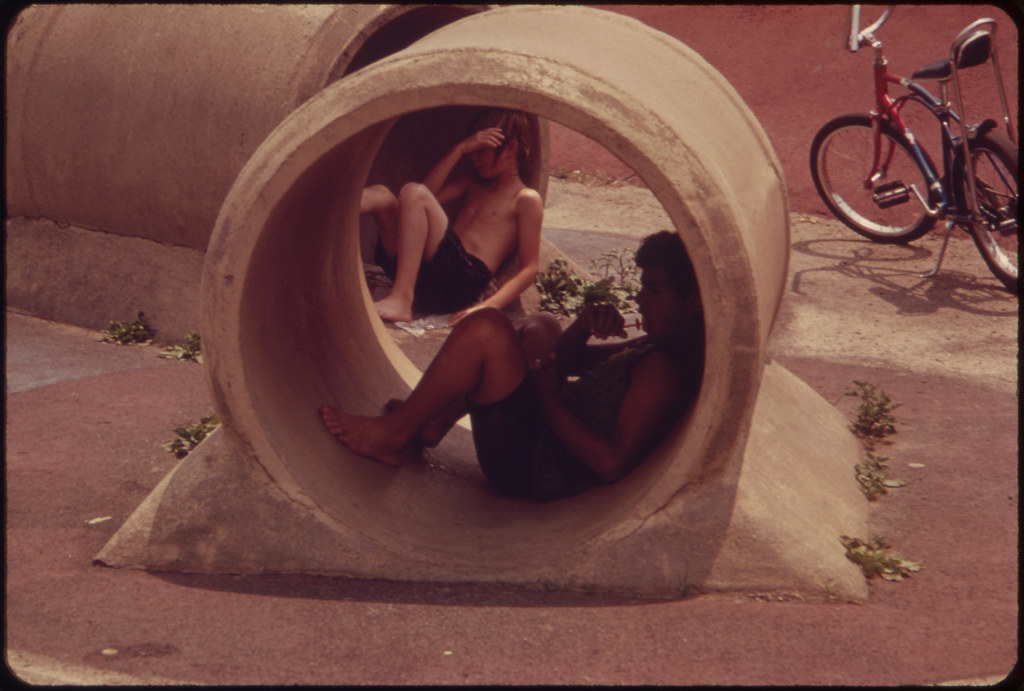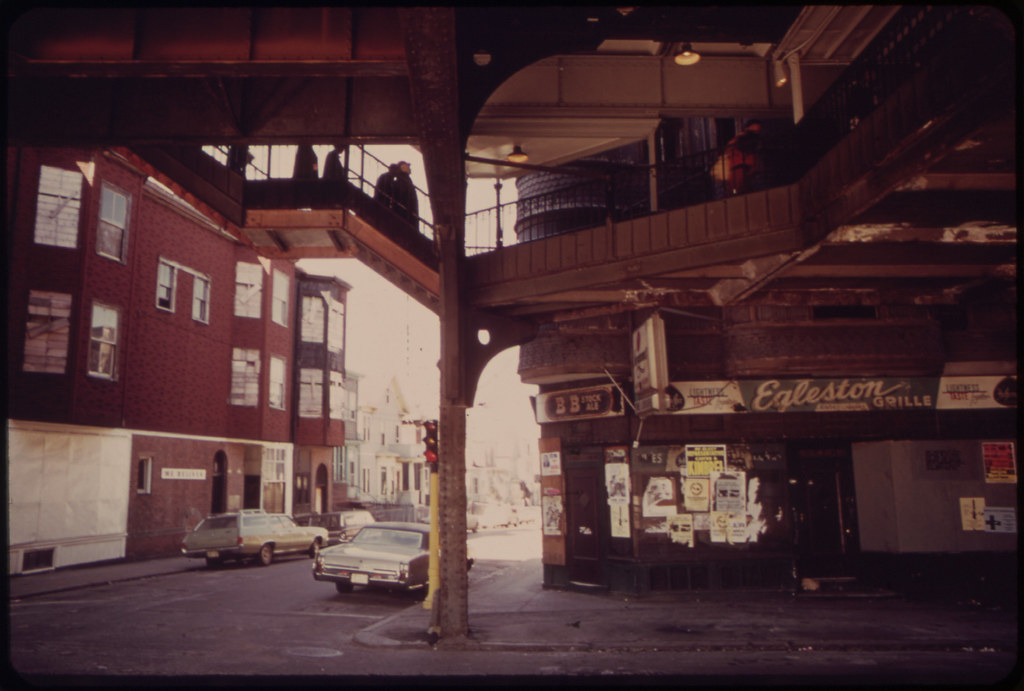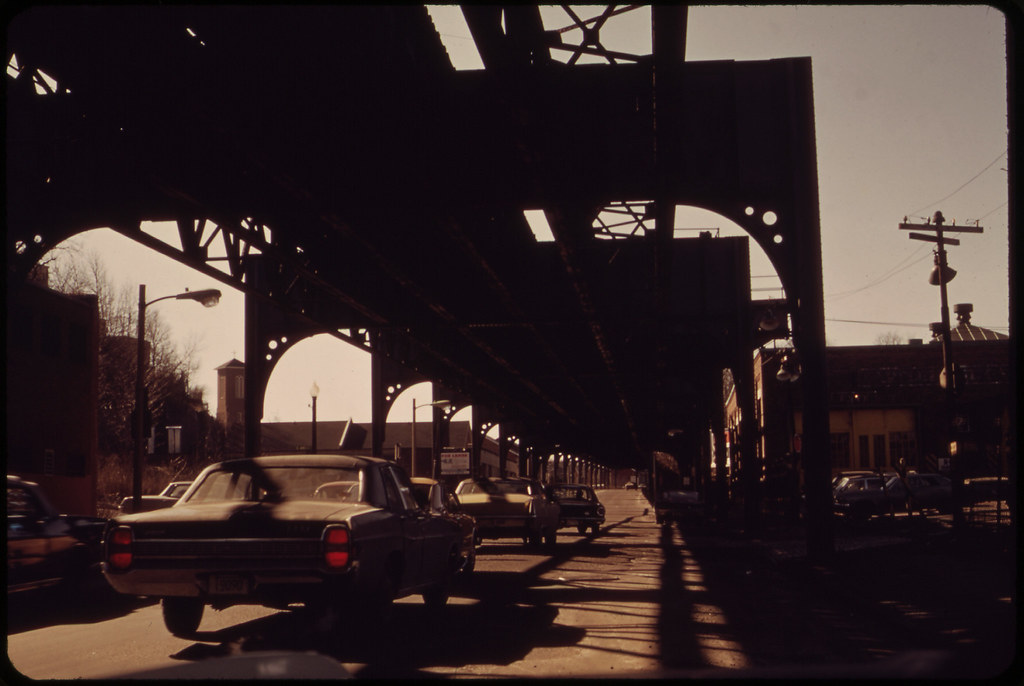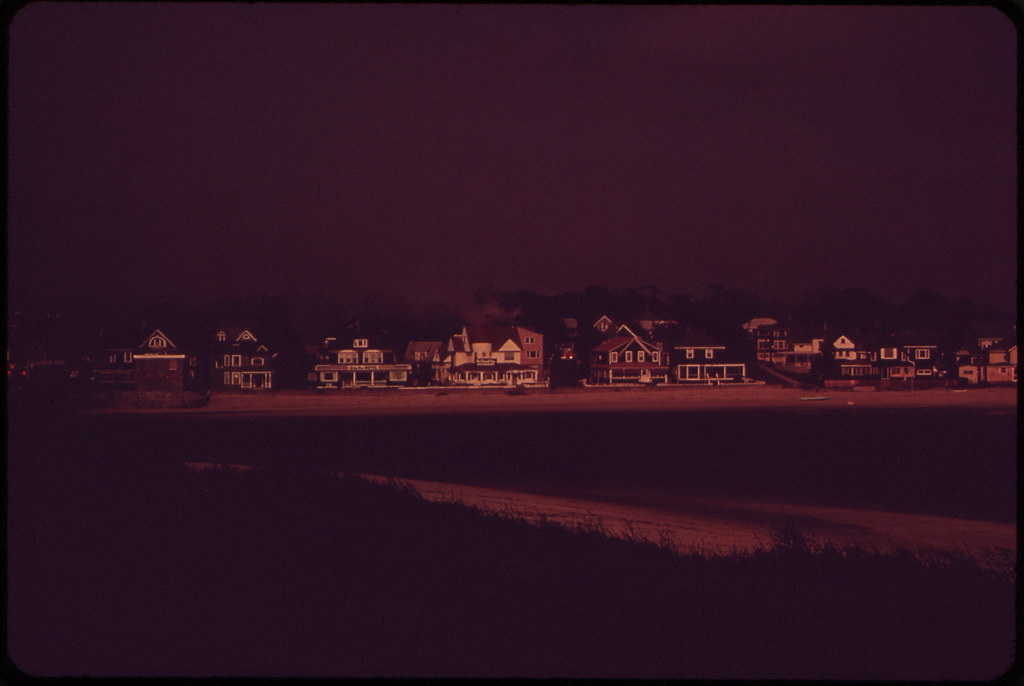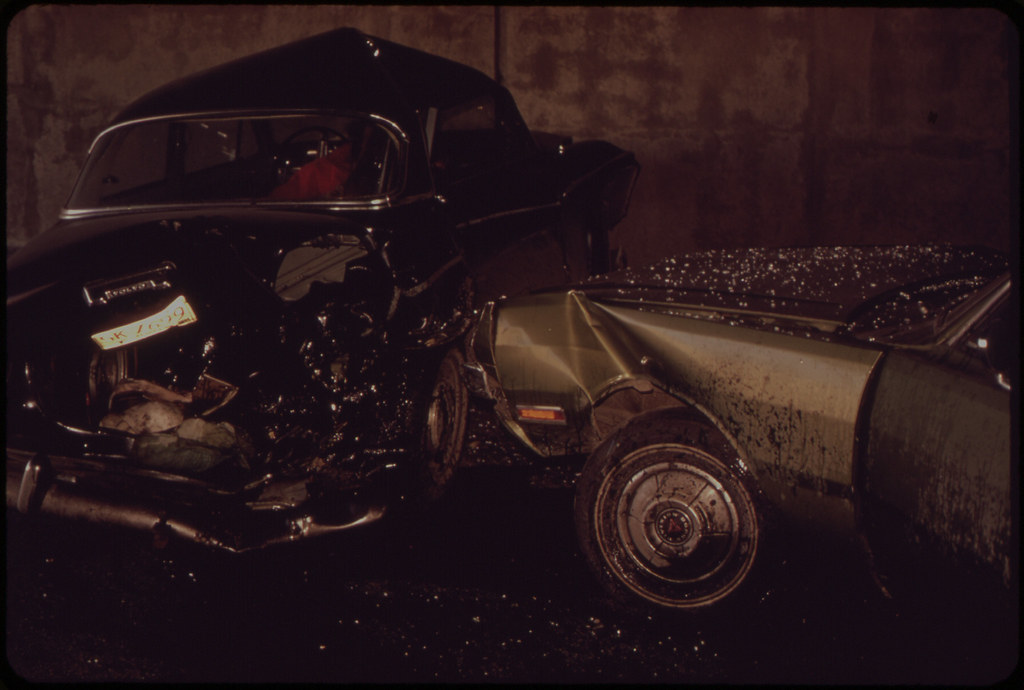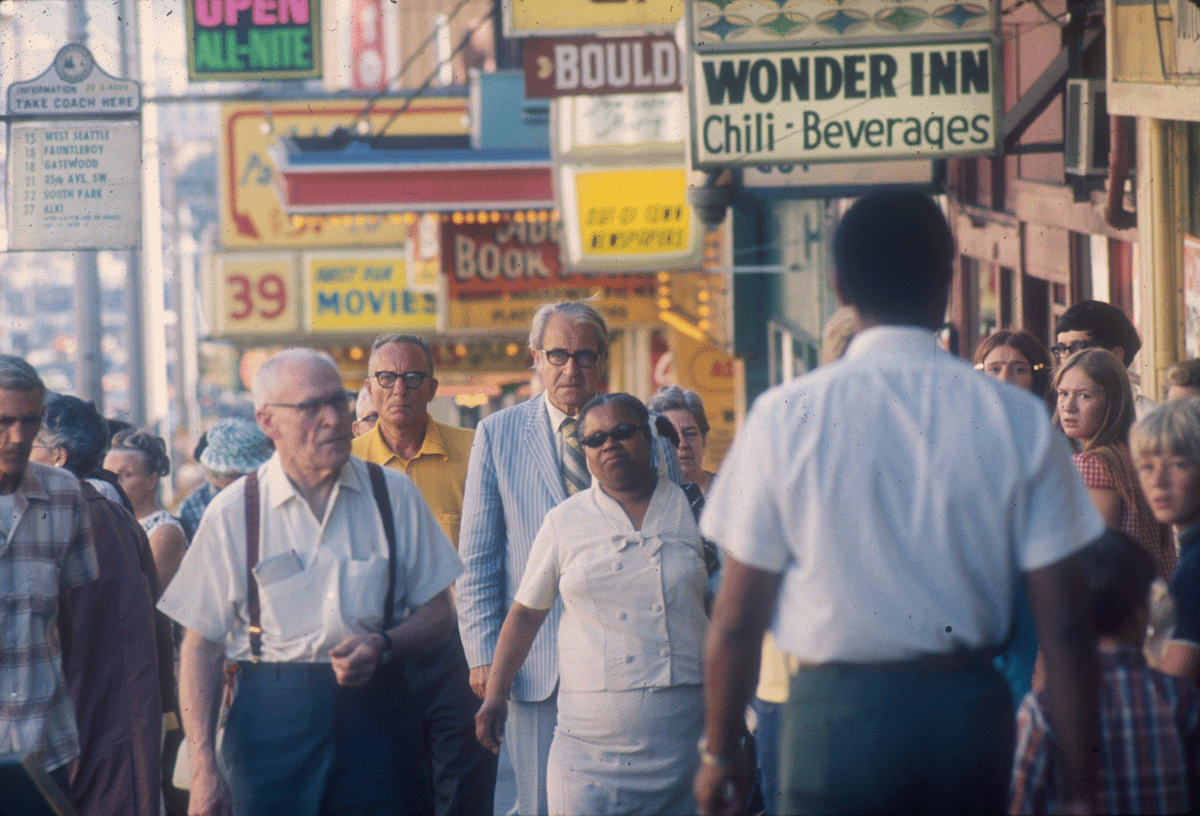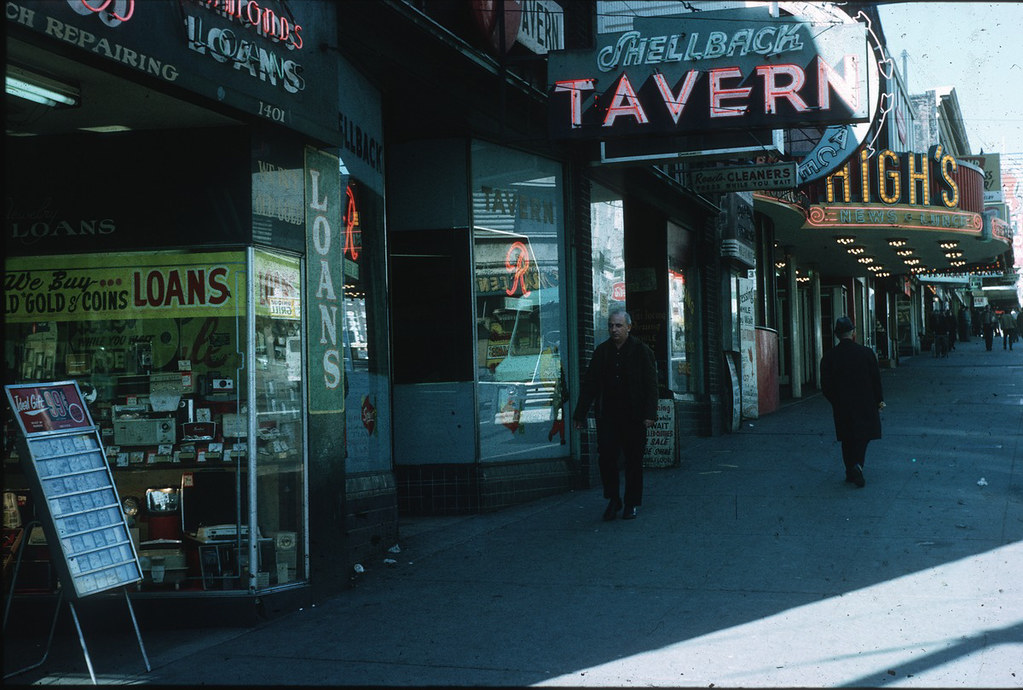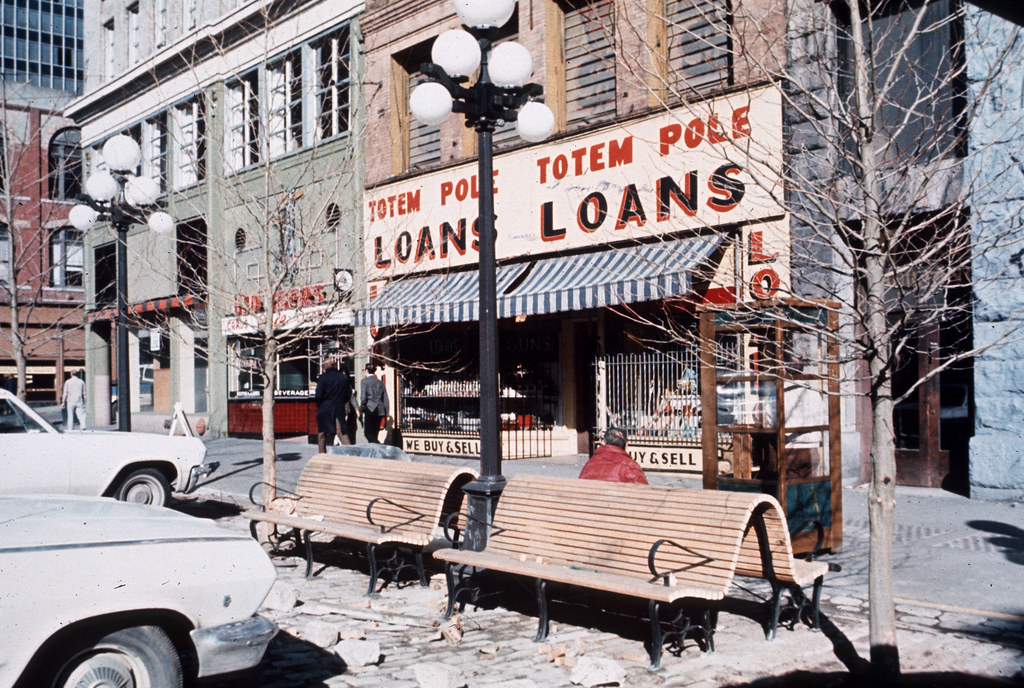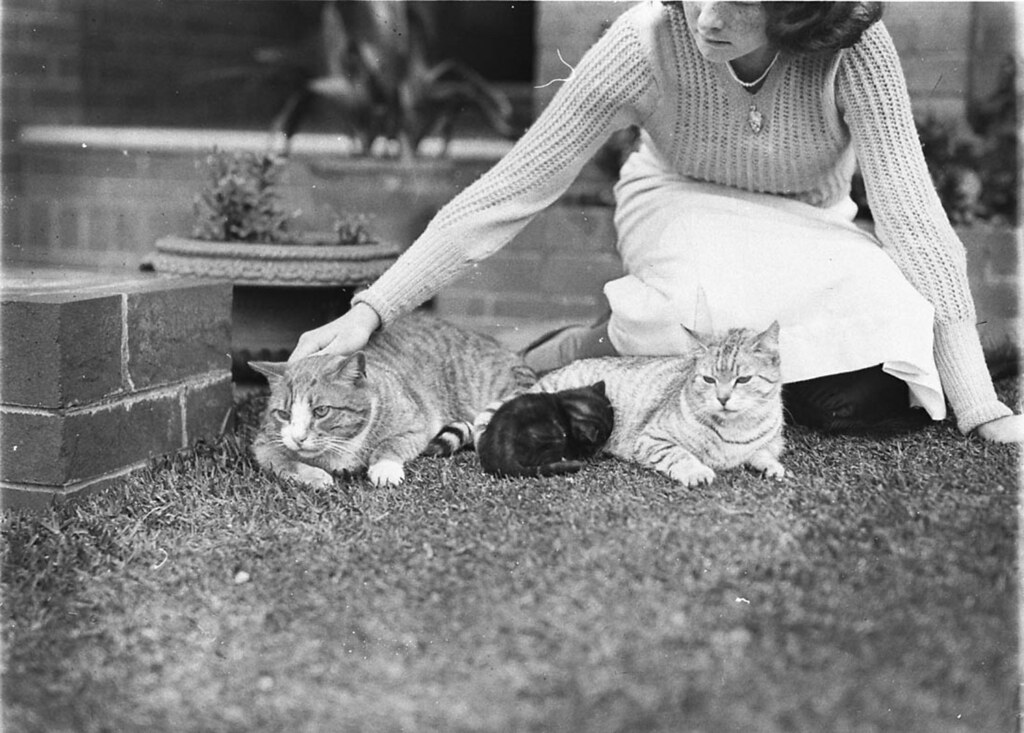.
Soldier's goodbye and Bobbie the cat: photo by Sam Hood, c. 1939-1945 (State Library of New South Wales)
Who knoweth the spirit of man that goeth upward, and the spirit of the beast that goeth downward to the earth?
ECCLESIASTES 3:21
And
yet the love of animals is as old as the human race. Thousands of
written or spoken testimonials, of works of art and of witnessed acts, prove that. He loved his donkey, that Moroccan peasant who had just heard him condemned to death, because for weeks on end
he had poured engine oil over his long ears covered with sores, since
he thought it would be more effective because it was more expensive than
the olive oil which was so plentiful on his little farm. Bit by bit,
the horrible necrosis of the ears had rotted away the entire animal, who didn't have long to live but who would continue his labors until the end, since the man was too poor to allow him to be sacrificed. He loved his horse,
that avaricious rich man who took the handsome gray animal for a free
consultation with the European veterinarian; he had been the pride
of the celebrations of Arab horsemanship, and it appeared that the only
thing wrong with him was that he had been given poorly chosen feed. He loved his dog, that Portuguese peasant who every day carried in his arms his German shepherd with its broken leg, just to have him near during his long day's work in the garden, and to nourish him with the kitchen
scraps. They love birds, that old man and old woman who feed the
pigeons in shabby Parisian parks and whom we do wrong to mock, since, thanks to the fluttering wings around them, they are entering into a rapport with the universe. He loved animals, the author of Ecclesiastes who asked
if the spirit of beasts goes downward; or Leonardo, setting free the
captive birds in the Florentine market; or that Chinese lady a thousand
years ago who found a huge cage full of a hundred sparrows in a corner of her courtyard, which were there because her doctor had prescribed that she eat a still-warm
brain every day. She flung wide the doors of the cage: "Who am I to
take preference over so many little creatures?" Others before us have
made the choices that continually confront us.
Marguerite Yourcenar: from Who Knows Whether the Spirit of Animals Goes Downward, a lecture given at the Gulbenkian Foundation, Lisbon, April 8, 1981; translated by Walter Kaiser in collaboration with the author in That Mighty Sculptor, Time, 1992

Soldier's goodbye and Bobbie the cat: photo by Sam Hood, c. 1939-1945 (State Library of New South Wales)
Kangaroo and girls: photo by Sam Hood, c. 1939-1945 (State Library of New South Wales)

Yap Yap (dog) in cart pulled by Achong, Trundle, NSW: photographer unknown, c. 1910 (State Library of New South Wales)
Mr Tulk and dog ("Sausage") going fishing using flying fox he built into other island -- Solitary Island: photo by Winifred Tulk, c. 1935 (State Library of New South Wales)
Royal Easter show: photo by Sam Hood, 1935 (State Library of New South Wales)
Study of a small girl with a prize Scottish terrier dog: photo by Sam Hood, c. 1935 (State Library of New South Wales)

Girl with a white Angora rabbit: photo by Sam Hood, 1930s (State Library of New South Wales)
Cats' food didn't come out of a can and it was nothing but the best fish -- Pt. Perpendicular: photo by Winifred Tulk, c. 1936, 1930s (State Library of New South Wales)
Police dog Tess [Ted?]: photo by Sam Hood, 29 January 1935 (State Library of New South Wales)
 Two exhibitors eye each other's charges, Sheep Show: photo by Jeff Carter for Walkabout magazine, c. 1945 (State Library of New South Wales)
Two exhibitors eye each other's charges, Sheep Show: photo by Jeff Carter for Walkabout magazine, c. 1945 (State Library of New South Wales)
Adelaide Boys' Band at Koala Park: photo by Sam Hood, 15 January 1937 (State Library of New South Wales)
"Christening of Bears" at Koala Park: photo by Sam Hood, 15 January 1937 (State Library of New South Wales)
Cary Bay Zoo, Lake Macquarie, NSW: photo by Sam Hood, 1954 (State Library of New South Wales)
Cat sitting on radio, Sydney: photo by Sam Hood, 1930s (State Library of New South Wales)
Cat in the window: photo by Sam Hood, 1930s (State Library of New South Wales)
A schoolgirl exhibitor with her dog: photo by Sam Hood, c. 1930 (State Library of New South Wales)
Wreck of the Gratitude, Macquarie Island: photographer unknown, 1911, from First Australasian Antarctic Expedition (1911-1914) (State Library of New South Wales)
Adelie Royal Penguin: photo by Harold Hamilton, from First Australasian Antarctic Expedition (1911-1914) (State Library of New South Wales)
Suckling, Shackleton-Rowett Expedition, Antarctica: photographer unknown, 1921 or 1922 (State Library of New South Wales)
Greenland Esquimaux dogs (Basilisk and Ginger-bitch), Antarctica: photo by Frank Hurley, from First Australasian Antarctic Expedition (1911-1914) (State Library of New South Wales)
"Snooks" on a drum, Wilcannia, NSW: photo by Reverend Edward ("Ted") Alexander Roberts, 1935-1937(State Library of New South Wales)
Girl with two cats and a kitten, Sydney: photo by Sam Hood, 1930s (State Library of New South Wales)







